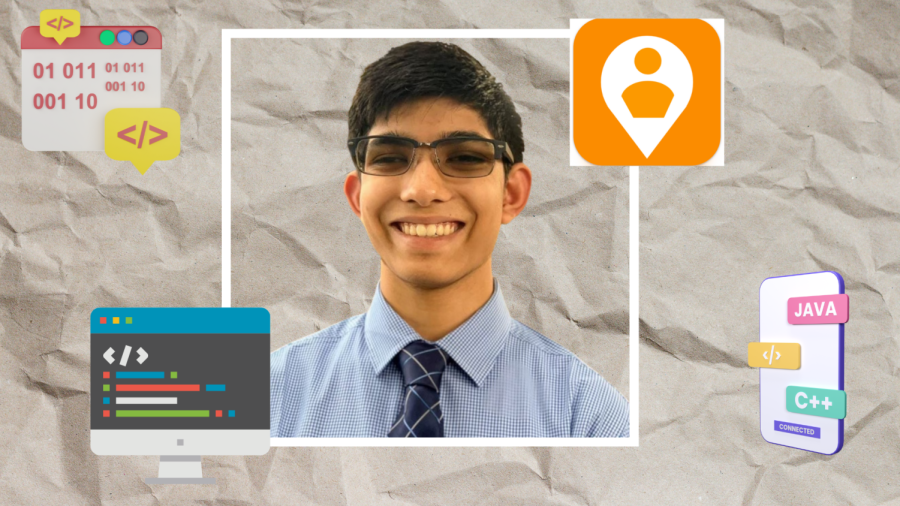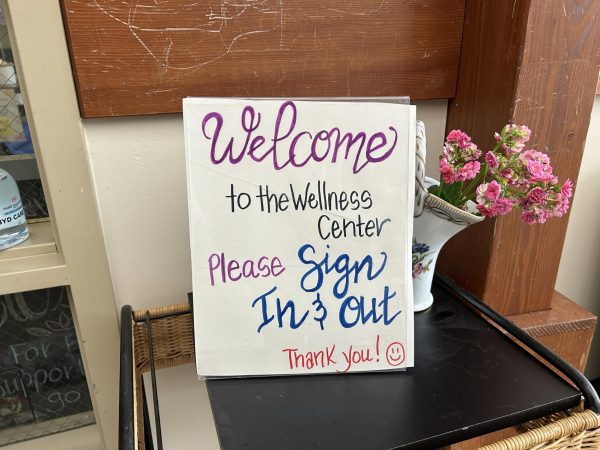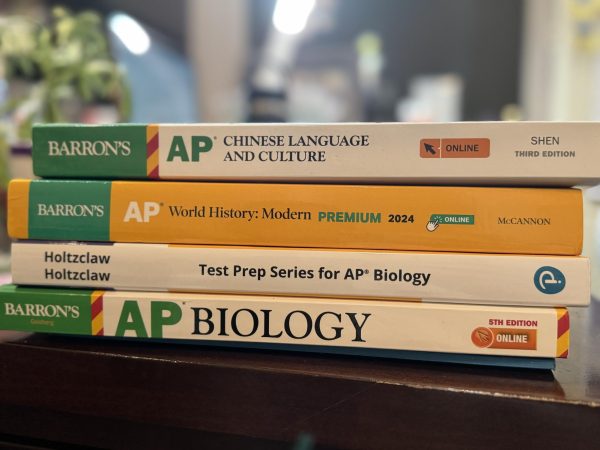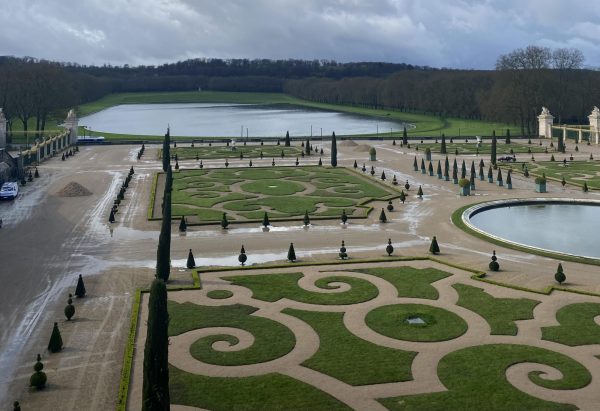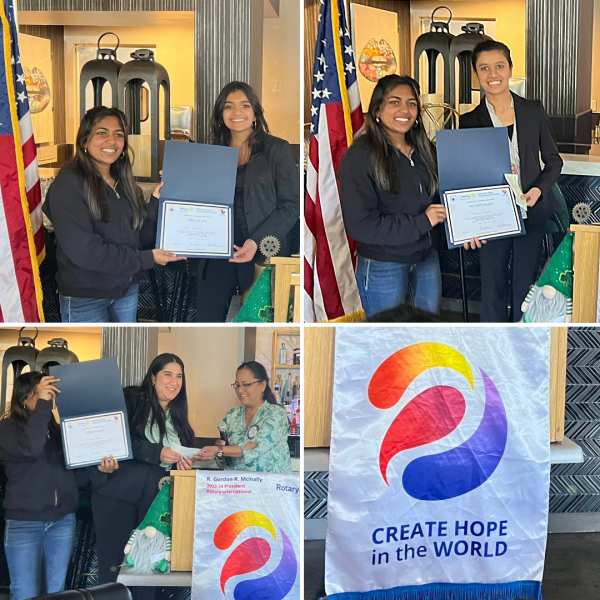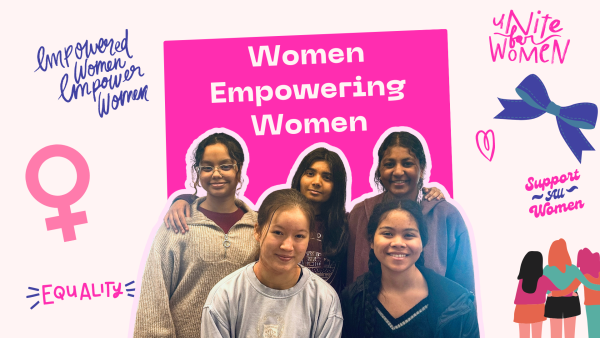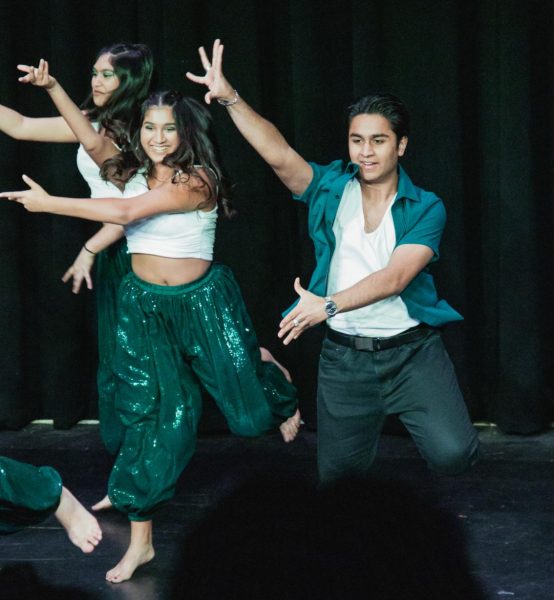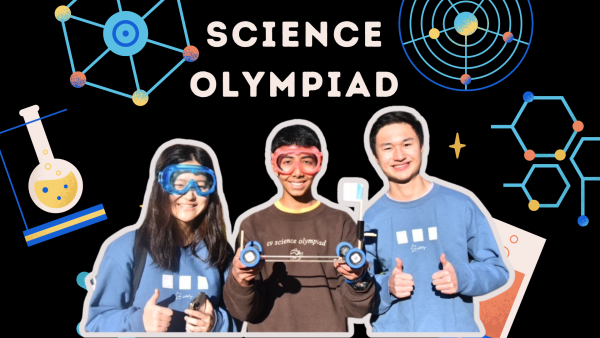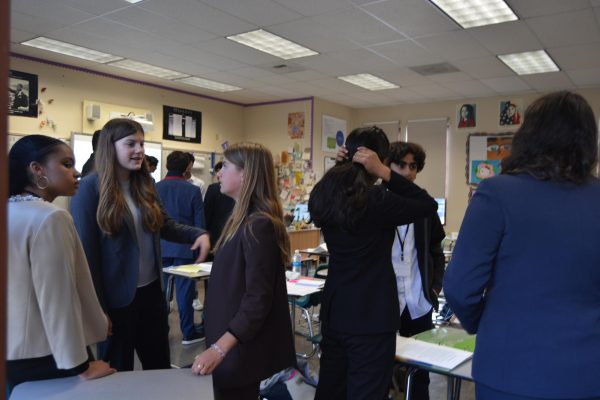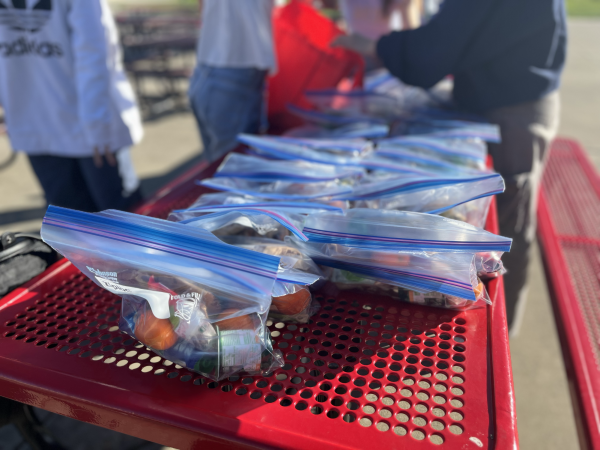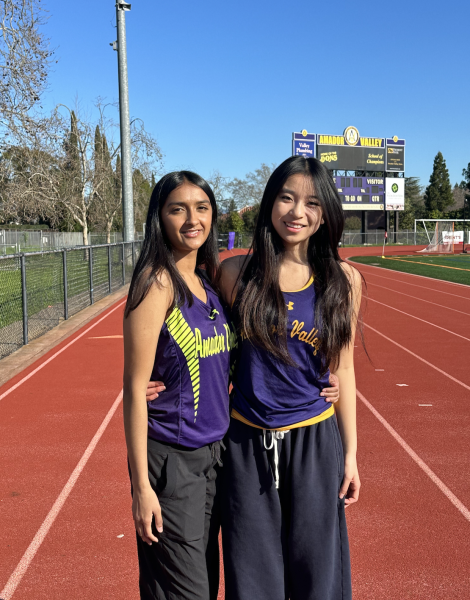Just keep coding: Amador senior develops ContactMap app
Inspired by his mother’s problems with figuring out where all her friends lived, Khangaonkar developed ContactMap to help users place contacts on Google Maps for easier coordination of meet-ups.
For as long as Om Khangaonkar (‘22) can remember, he’s played around with his computer to figure out how things work, even building his own personal computer (PC) in eighth grade to get familiar with computer hardware. He’s gained coding experience from working on various projects with his friends and created ContactMap, an app to test his coding prowess and to help his family and others who download it.
During his sophomore year at Amador, he took AP Computer Science with Mr. Hansen, where his passion for the topic started to encode itself.
After learning the basics of coding using Java, Khangaonkar worked on in-class projects such as recreating popular games like Snake and Bejeweled .
“(Mr. Hansen) would give us really hard projects but I kept on working at them which is how I (got into projects),” said Khangaonkar.
During the second semester of his sophomore year, COVID-19 hit, leaving Khangaonkar unable to leave his house. In June of that same year, he began working on ContactMap, an app inspired by his mother.
“My mom wanted to go out and meet with friends in the South Bay, but in order to figure out which of her friends lived there, she had to dig through her contacts and put each one on a map. I thought it’s just easier to pull everything up in one location to find out where everyone is,” said Khangaonkar.
ContactMap uses all the information entered into your contacts to place them on google maps based on their house address, making it easier to coordinate with friends and figure out how to reach them if you’re in the same area.
Prior to ContactMap, most of his coding skills were learned in class or from working on small projects with friends. Wanting to put his skills to the test, he got to work making the ContactMap app. Using his family for feedback, Khangaonkar pushed the app to production with a quick turnaround rate of just four days, spending about six hours each day developing it.
Since producing the app, Khangaonkar now deals with bug fixes every couple of months to maintain ContactMap’s efficiency. Depending on the bug, fixes could take anywhere from ten minutes to four hours.
“Fixing bugs is a lot harder (than making the app)]because it’s very hard for me to figure out what the bug is in the first place. Being able to problem solve when things go wrong is more important than the coding language,” said Khangaonkar.
Although coding can be rewarding, it can also be tiring and repetitive. Working on the same project or assignment for more than two or three hours exhausts Khangaonkar, especially when he has to stare at constant outputs saying “ERROR.”
“My brain gets fried, so I go outside and take a break and come back to it later. If you’re working out and your arms get sore there’s no convincing yourself to make them less sore. You have to take a break and come back to it,” said Khangaonkar.
When it comes to what he loves the most about coding, he appreciates the problem solving aspect of coding. Whether it be debugging code, modding his computer to better fit his needs, or just doing plain old project assignments in class, he finds satisfaction in identifying the problem and fixing it so the project runs smoothly.
“I have a goal and where I’m at right now and there’s a small gap between (the two). It’s about getting to that goal and coming up with the most efficient solution to it,” said Khangaonkar.
As of right now, he plans to major in computer science at UC Davis. Over the summer, he worked with a friend to create an online version of a card game called Coup, spending about 20 to 25 hours on it before college classes started.
“I want to go to graduate school for coding, but I’m looking to explore my options. I want to figure out what problems I like to solve the most,” said Khangaonkar.
Your donation will support the student journalists in the AVJournalism program. Your contribution will allow us to purchase equipment and cover our annual website hosting costs.

